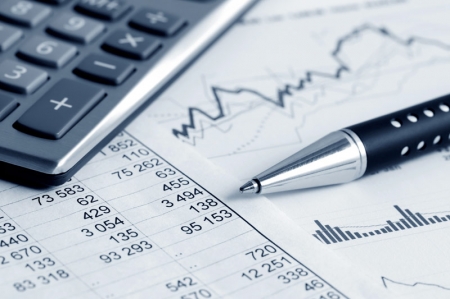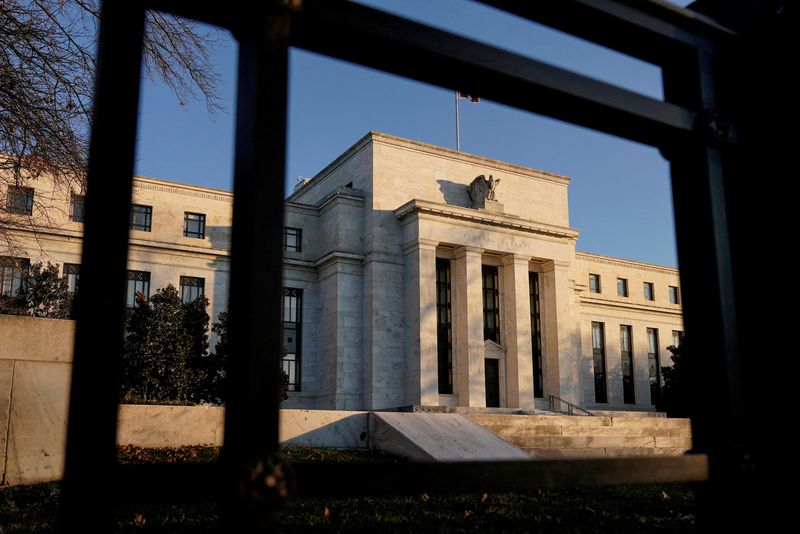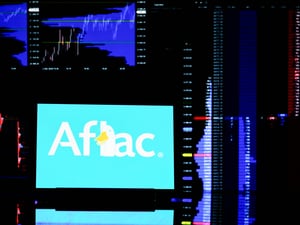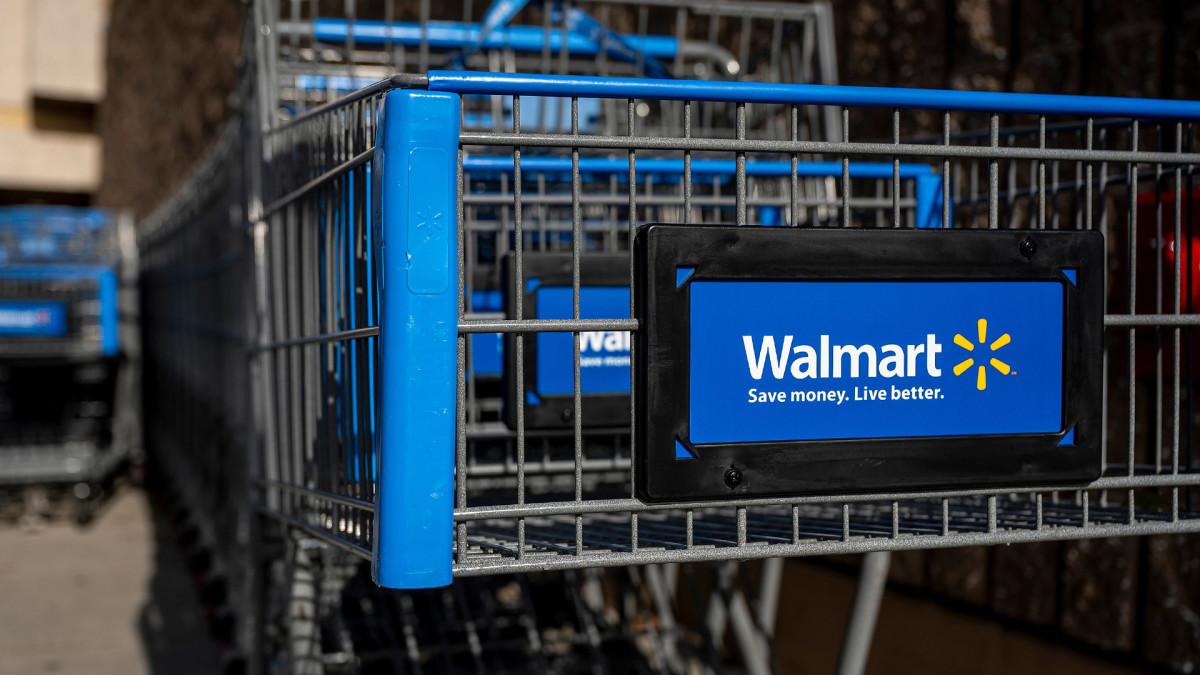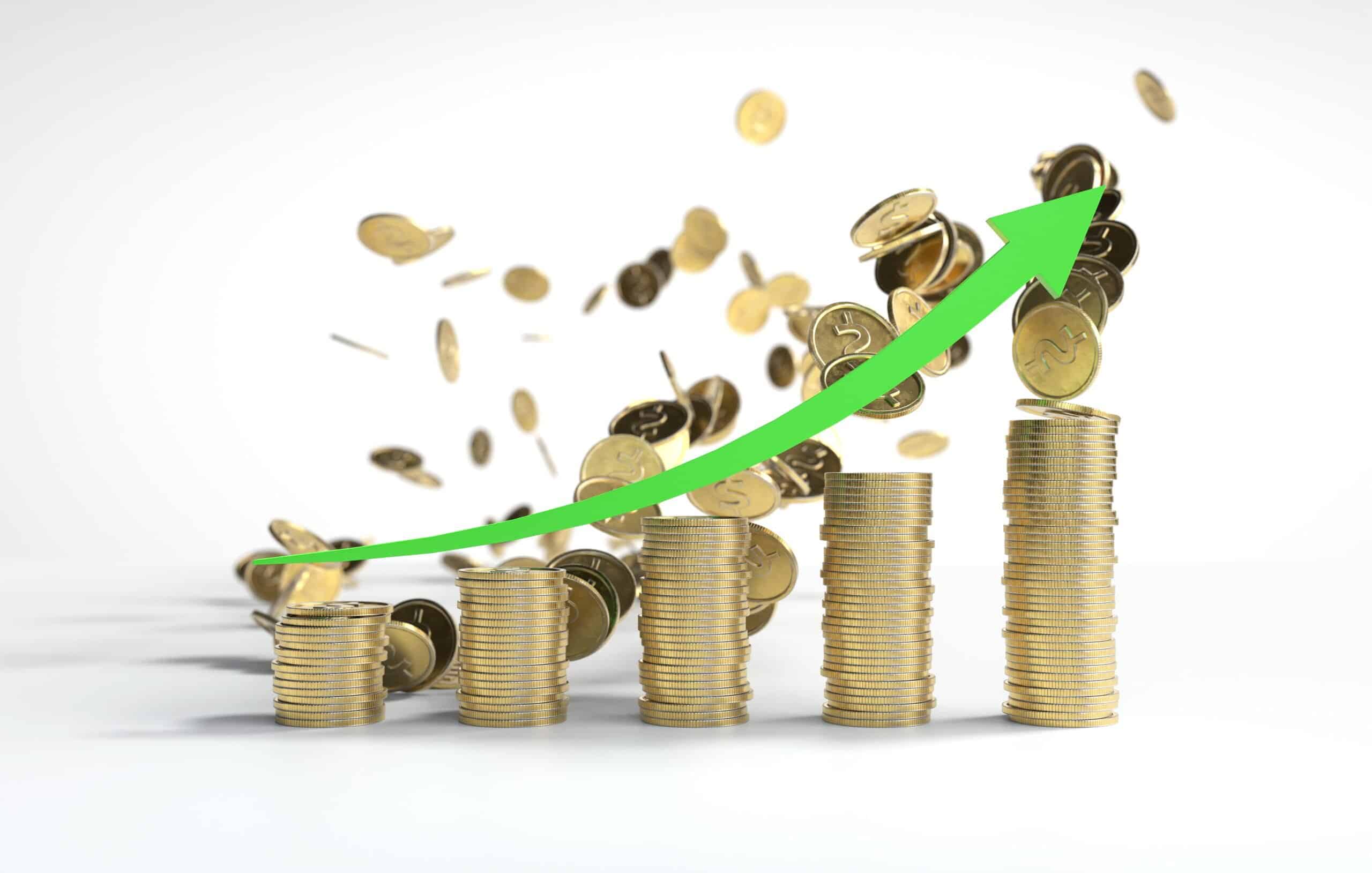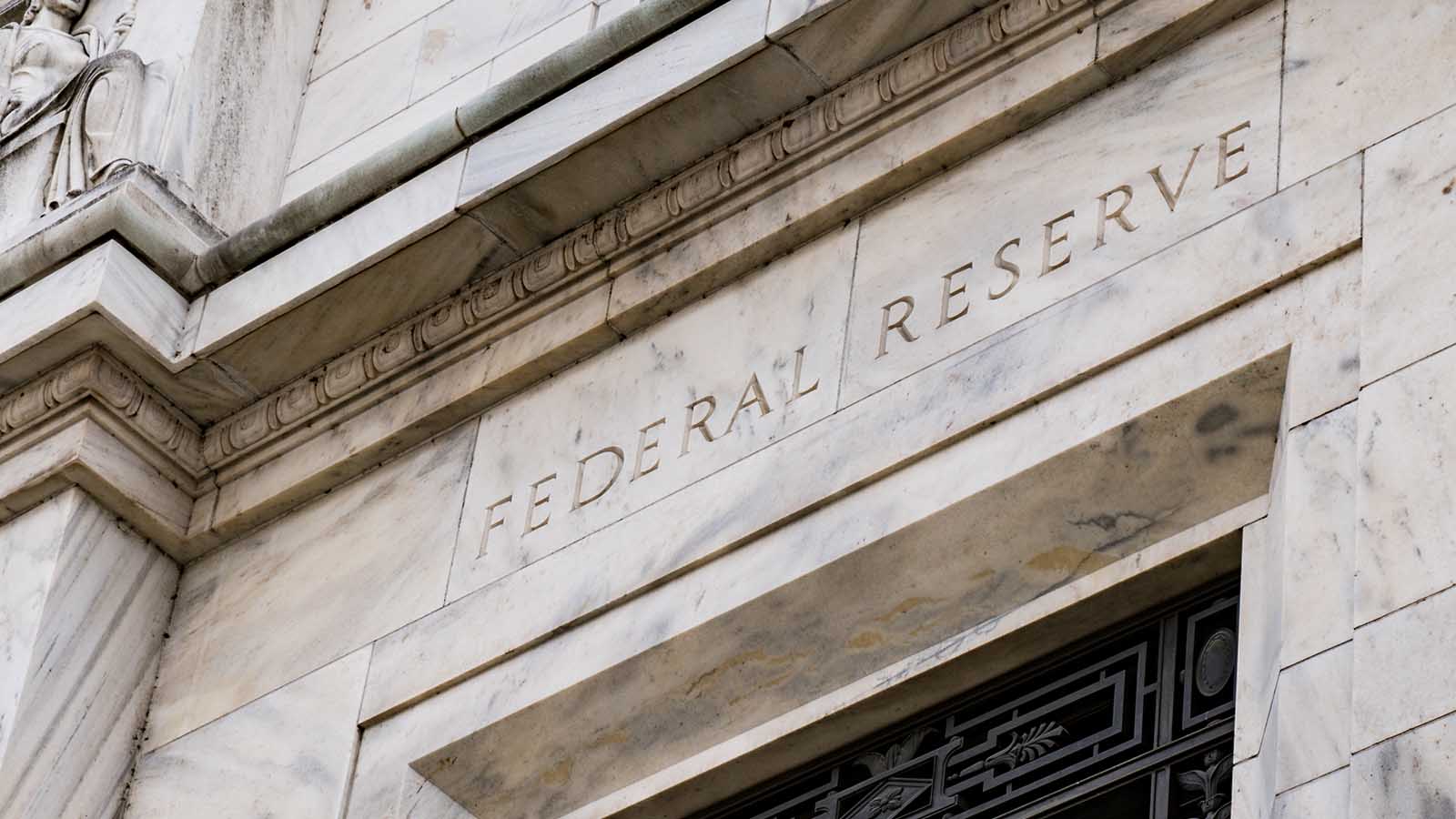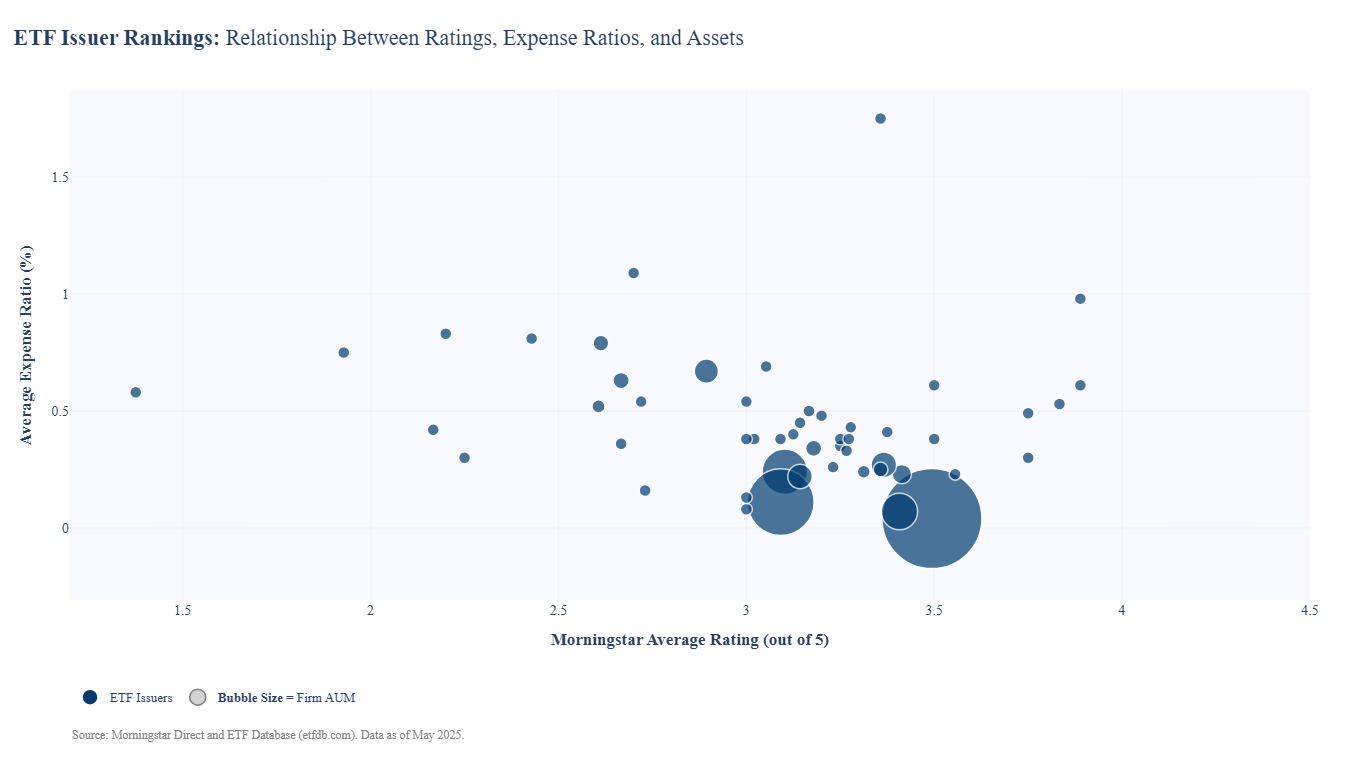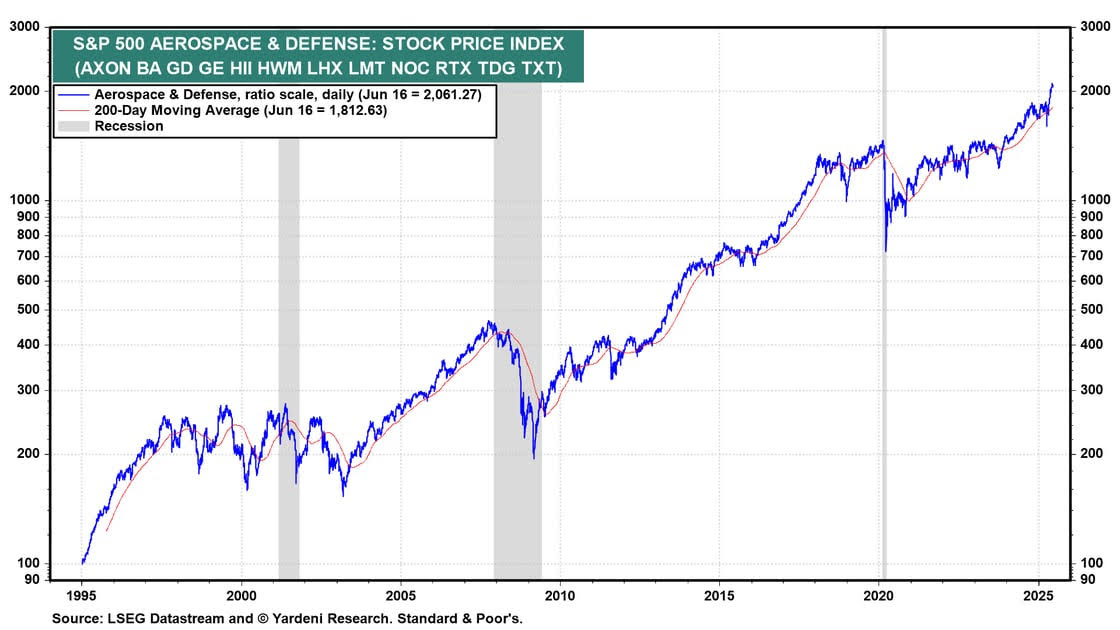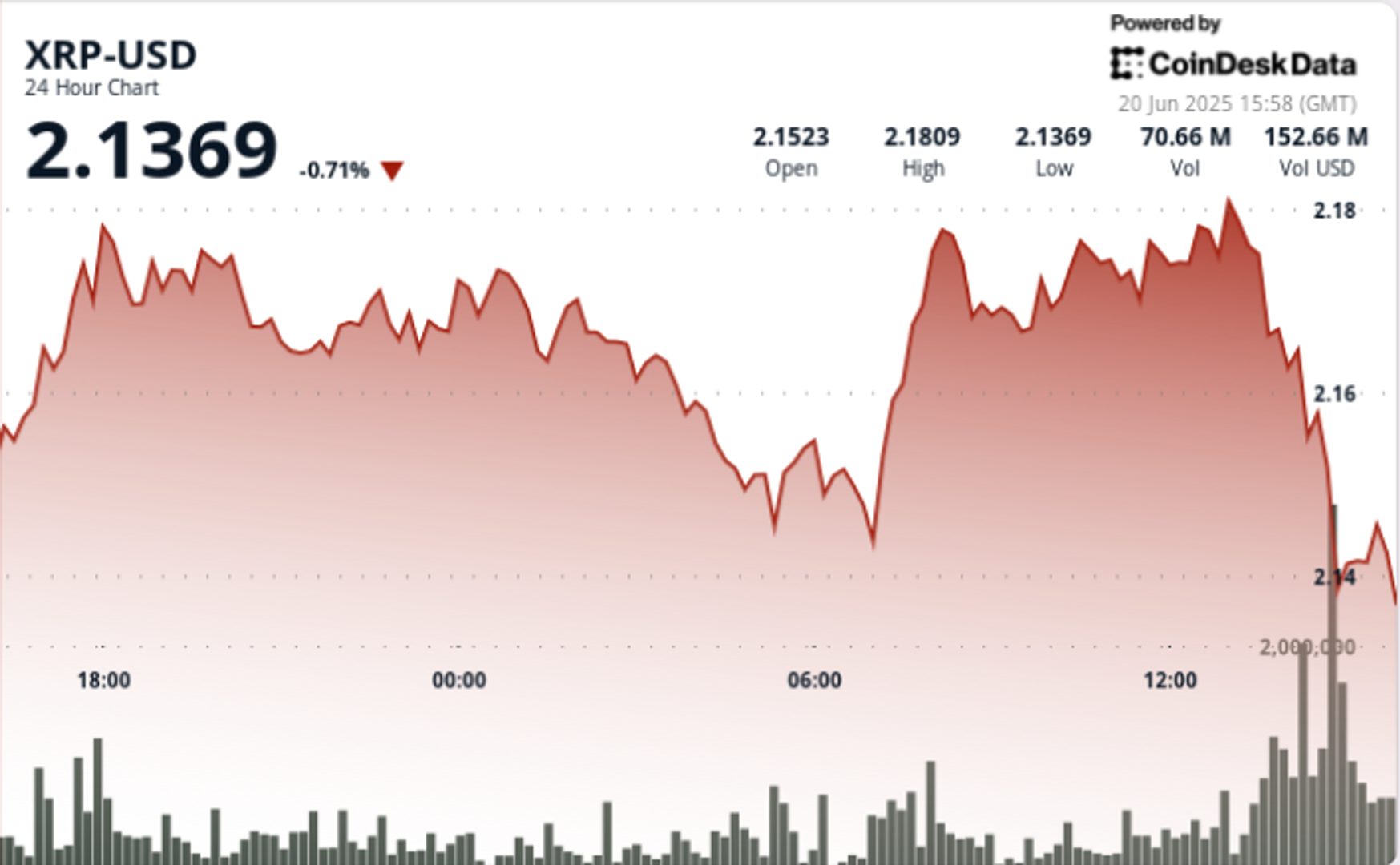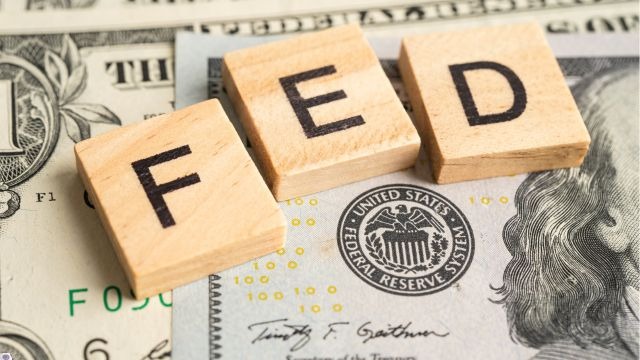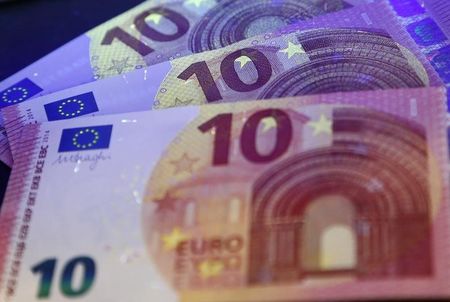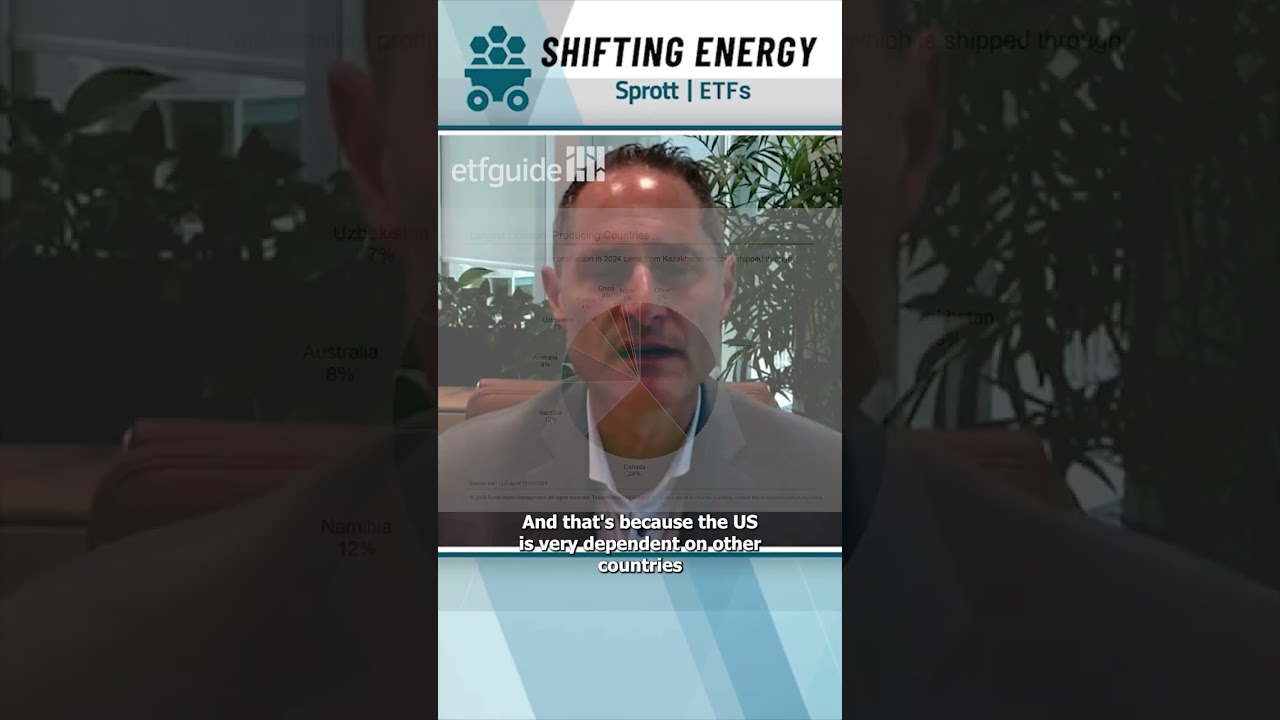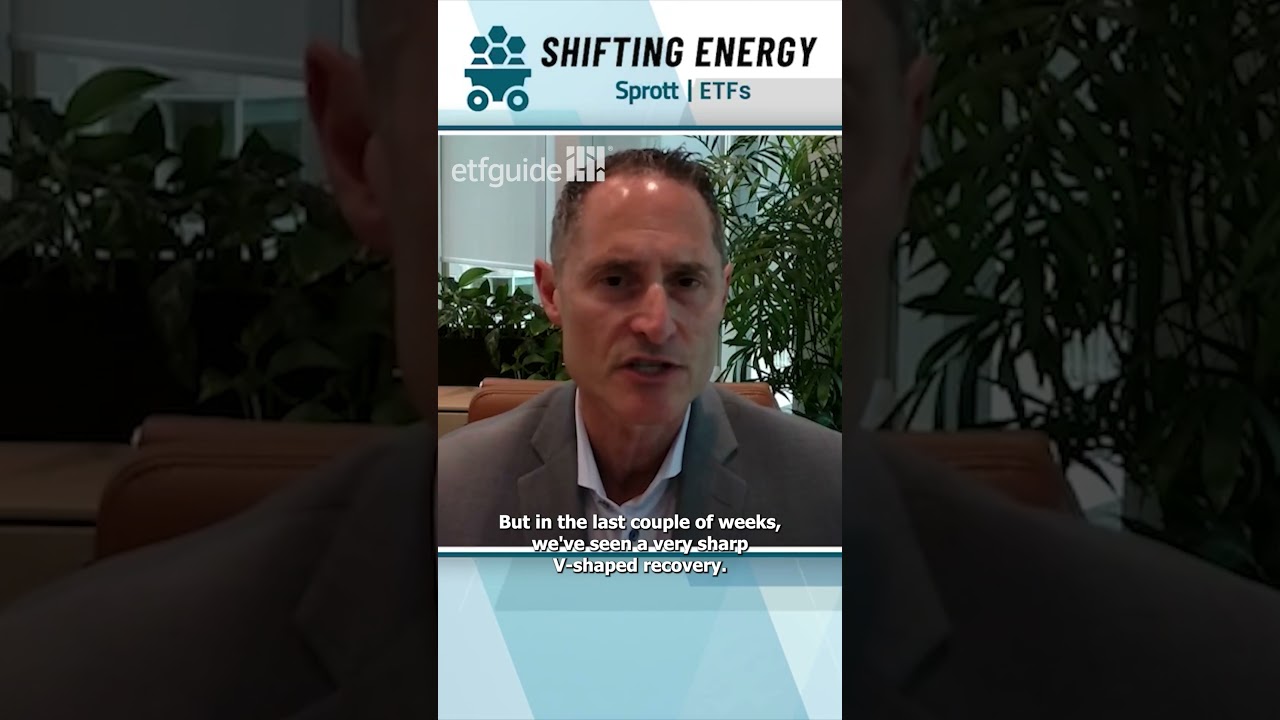MSTY’s 140% Yield Is Real—But Here’s What It Means for Your Taxes
One of the fundamental premises of fair taxation under capitalism is the notion that taxes are assessed on profits when an investment is sold, not on investment principal, nor on unrealized gains, a practice promoted by Joe Biden, Kamala Harris, Elizabeth Warren, and other Democrats. In order to determine what profit or capital gain totals […] The post MSTY’s 140% Yield Is Real—But Here’s What It Means for Your Taxes appeared first on 24/7 Wall St..

One of the fundamental premises of fair taxation under capitalism is the notion that taxes are assessed on profits when an investment is sold, not on investment principal, nor on unrealized gains, a practice promoted by Joe Biden, Kamala Harris, Elizabeth Warren, and other Democrats. In order to determine what profit or capital gain totals are, one must subtract the initial principal amount (subtrahend) from the sales total (minuend) to arrive at the difference, also known as Return of Capital. .
Return of Capital is relatively easy to calculate with conventional stocks and bonds, which is why most accounting software and accountants both emphasize the cost basis of any investment. However, new synthetic ETFs and other investments, which utilize derivatives and other structures to create dividends from markets apart from the underlying security, can make the calculation of Return of Capital a murkier proposition, but can create additional opportunities with the right strategy in place. Case in point: The YieldMax MSTR Option Income Strategy ETF (NYSE: MSTY).
Key Points
-
For bookkeeping and tax purposes, Return of Capital is subtracted from the total when a security is sold in order to calculate the taxable base for calculating taxes on capital gains.
-
Income based synthetic security products such as YieldMax ETFs have a large income component that can potentially erode principal to zero over the course of delivering high yield dividends.
-
Strategies to utilize the income while deferring taxes on YieldMax and comparable investments should be considered in order to mitigate excessive tax liabilities.
-
Are you embarrassed about your lack of portfolio knowledge? Do you find it awkward to ask questions to a financial advisor in person? Are you ahead or behind on retirement? SmartAsset’s free tool can match you with a financial advisor in minutes to help you answer that today. Each advisor has been carefully vetted and must act in your best interests. Don’t waste another minute – get started by clicking here.(Sponsor)
The Synthetic Security, The Triple Figure Yield, and Taxes

MSTY is a financial product ETF that basically tracks Microstrategy (NASDAQ: MSTR), a very volatile stock due to its large Bitcoin holdings, which have transformed it into a de facto Bitcoin stock in the eyes of many investors. MSTY tracks Microstrategy’s volatility, but uses a derivative strategy to create an income kicker every month by using a call option selling strategy.
Since 80% of call options expire worthless, YieldMax’s methodology follows this basic pattern:
- Rather than expending thousands of dollars per share for an underlying stock, YieldMax will buy a leap call option (long maturity) and create a synthetic covered call by writing a near term call against it.
- YieldMax then sells a short put, along with a put option for the same strike price and expiration as the leap call.
- Maximum risk is limited to the cost of the leap call.
- The cost of the synthetic covered call is far lower than conventionally buying the underlying stock to do a traditional covered call.
- The synthetic derivative will also hold US Treasuries for added capital protection.
When markets are more volatile, option premiums are higher. The erosion of premium value is tied to time value remaining before expiration and the amount of intraday activity of the underlying stock during that period. Ideally, YieldMax will create its synthetic derivatives when activity and time remaining appear to be optimal for the call buyers, eager to make a quick profit. YieldMax then plays the odds that every passing day the stock trades down or sideways ensures the likelihood of the option being worthless by expiration Friday.
YieldMax ETFs utilizing this strategy warn that there is a moderate chance that the cost basis for one’s investment may eventually erode to zero. However, many shareholders in MSTY and other YieldMax ETFs are more than happy to live with that possibility in order to collect the high income streams currently being generated.
Since MSTY sells new options every month in order to make its monthly dividend payments, the actual dividend yield accumulates every month, and thus calculates to a huge amount on an annual basis. At the time of this writing, its yield is listed at 140.26%.
As Return of Capital is a critical bookkeeping component for tax calculations, the question about how to best utilize the Return of Capital calculation to the advantage of a shareholder in MSTY or comparable ETF securities becomes more pertinent, especially when comparing income tax vs. capital gains tax rates.
Using a Tax Loophole Legislated For The Wealthy

The attractive aspect of ETFs like MSTY is unquestionably the high monthly dividend. While MSTY remains in one’s portfolio, then those dividends are taxed comparably to coupon income from bonds – as passive income. However, there are several ways that this dividend income can offer cash flow flexibility if some or all of the funds are not required for monthly expenses.
- Compounding Through DRIP: Should a wealth building strategy be a primary goal of the portfolio and one does not need the dividend income, reinvesting it in a Dividend Reinvestment Plan (DRIP) can be an opportune method of compounding growth, thanks to the high dividend payouts, low to zero fees, and relatively low ETF prices.
- Cost Basis Tracking: With each month’s additional purchase, it would be important to keep a record of the corresponding cost basis for tax records in the future, once the MSTY shares are finally sold.
- Keep Annual 1099 Records: Any Return of Capital that is reported each year needs to be accounted for when calculating the tax basis.
- Using an IRA: For an extended tax deferral, no annual income taxes would be due if acquired in a tax-deferred retirement account, like an IRA, until MSTY was sold. Ostensibly, one would decide to sell once they were in a lower tax bracket during their golden years.
- The Wealthy Loophole: if one takes the “buy and hold forever” approach of Warren Buffett and other mega wealthy billionaires, MSTY and similar ETFs may erode their Return of Capital amount to zero. From that point on, the dividends become taxed at 15% as capital gains instead of as income. This can save more than half the amount of income tax that would be assessed. This is part of how Warren Buffett pays a lower tax rate than his secretary.
- Consult a Professional: This can become a complex process in execution, and any errors can disqualify it in the purview of the IRS. Therefore, a financial professional should be consulted to ensure it is set up and maintained properly in accordance with the strategy particulars and the account of record.
The post MSTY’s 140% Yield Is Real—But Here’s What It Means for Your Taxes appeared first on 24/7 Wall St..





